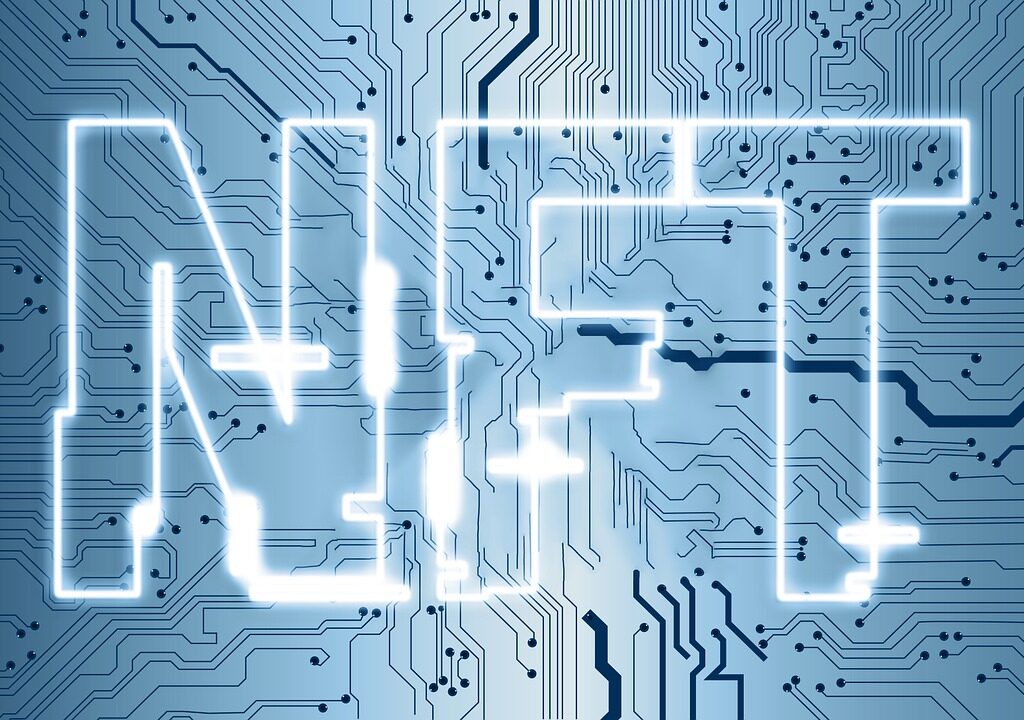
There is a surge in interest in NFTs that shows no signs of abating anytime soon – some of the first NFT collections are selling for vast sums, and some newbies to the field may feel overwhelmed. If you want to invest in NFTs, you need to do your homework first and make sure you know everything there is to know about them.
“People are buying and selling NFTs today and 99% of the people in this world are not aware of this billion-dollar market and this opportunity is really a once in a century opportunity.”
Anuj Jasani
What are NFTs (Non-Fungible Tokens)?
Non Fungible Tokens or better known as NFTs are digital assets that reflect real-world artifacts such as art, music, in-game items, and videos. They’re bought and traded online, often using cryptocurrency, and they’re usually encoded with the same software as many other cryptos. NFTs are becoming more well-known as a mechanism to acquire and sell digital art.
NFTs have unique identification codes. NFTs, in other words, cause digital scarcity. This contrasts sharply with the vast majority of digital products, which are nearly always available in endless quantities. The buyer can own the original item with an NFT. It also comes with built-in authentication, which acts as proof of ownership.
What is the difference between NFT and cryptocurrency?

NFTs are often programmed in the same way as cryptocurrencies such as Bitcoin and Ethereum are programmed. Physical money and cryptocurrencies are both “fungible,” which means they may be traded or exchanged for each other. They’re also worth the same amount—a dollar is always worth another dollar. The fungibility of cryptocurrency makes it a secure way to execute blockchain transactions.
NFTs are distinct. Each contains a digital signature that prevents NFTs from being substituted for or compared to one another.
NFTs: How do they work?

NFTs are recorded on a blockchain, which is a decentralized public ledger. NFTs are most commonly kept on the Ethereum blockchain, although they can also be held on other blockchains. They are minted from digital objects that represent tangible and intangible items, such as:
- Music
- Art
- Videos
- GIFs
- Collectibles
Because NFTs include unique data, it’s simple to verify ownership and exchange tokens between owners. They can also be used to hold specific information by the owner or author. Designers, for example, can sign their work by putting their signature in the metadata of an NFT.
Monetizing NFTs
Artists and content creators have a one-of-a-kind opportunity to monetize their work thanks to blockchain technology and NFTs. Musicians, for example, are no longer reliant on large studios and film production agencies to market their work. Rather, they can sell it as an NFT directly to the consumer, allowing them to keep a larger portion of the earnings. They can also programme in royalties so that when their music is sold to a new owner, they get a percentage of the sale. This is a major benefit because most musicians do not earn future proceeds after their work has been sold.
Celebrities like Amitabh Bachchan and Salman Khan have taken advantage of NFTs to release securitized NFTs of their own memories, artwork, and moments.
What is the Best Coin to Purchase NFTs?
To begin, you’ll need a digital wallet that can hold both NFTs and cryptocurrencies. Depending on what currencies your NFT provider takes, you’ll probably have to buy some cryptocurrency, such as Ether. Coinbase, Kraken, eToro, and even PayPal and Robinhood now allow you to buy cryptocurrency with a credit card.
After that, you’ll be able to transfer it from the exchange to your preferred wallet. As you explore your alternatives, keep costs in mind. When you acquire cryptocurrency, most exchanges take a cut of your transaction.
The best NFT marketplaces
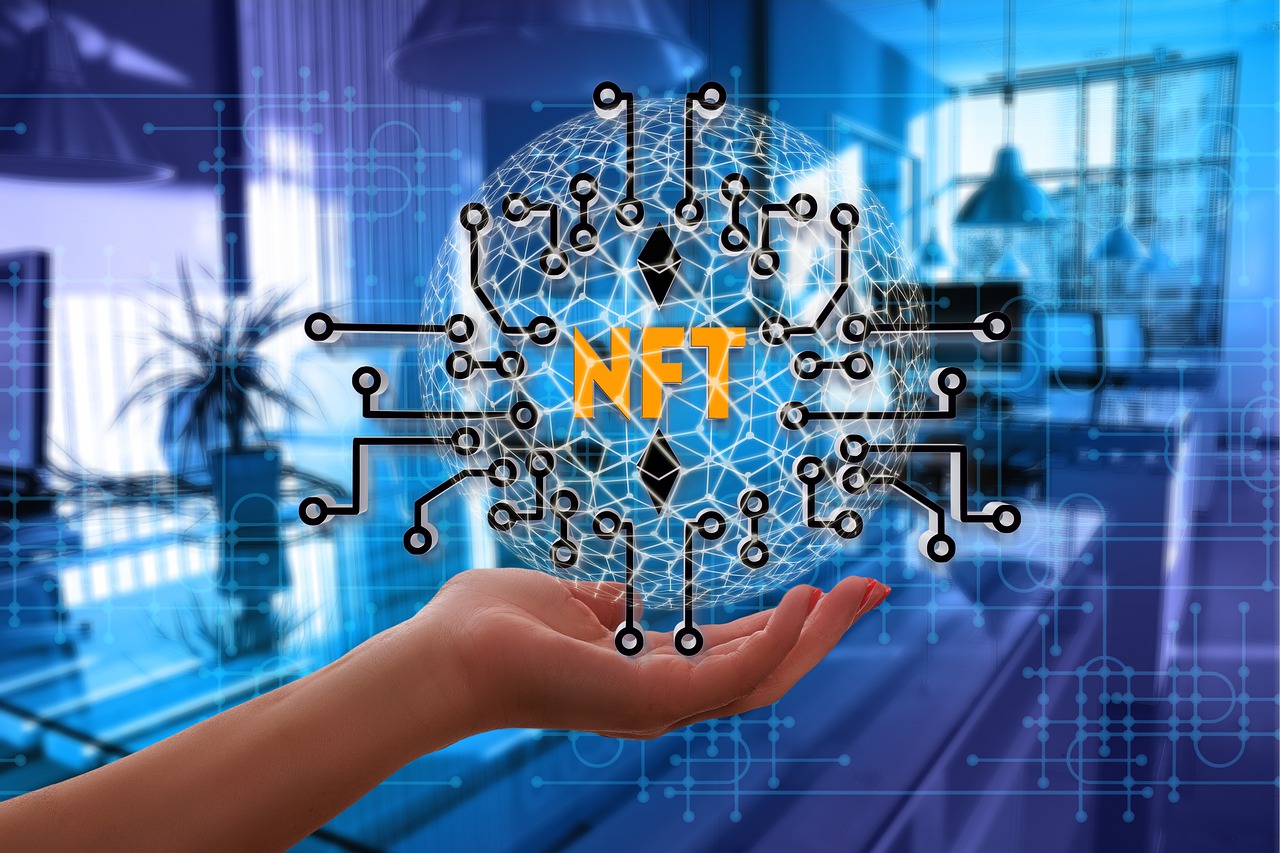
An NFT marketplace is your ticket to purchasing and selling digital items ranging from artwork to music to full-fledged fantasy reality if you want to get in on the NFT mania. There are dozens of NFT marketplaces, many of which cater to a specialized sector or niche.
Choosing an NFT market: Some pointers
- Choose the type of digital asset you want to buy, sell, or create.
- A marketplace’s support for different types of tokens
- Invest in the proper cryptocurrency or token to fund your blockchain wallet.
- Examine the marketplace’s level of protection.
Here are a few of the most popular NFT marketplaces at the moment.
| Marketplace | Key Features |
|---|---|
| OpenSea | 1. Diverse range of digital assets 2. Free Sign-up 3. Supports artists and creators 4. Easy-to-use process 5. Supports more than 150 different payment tokens |
| Axie Marketplace | 1. Axie Infinity’s online store 2. Axies, as well as entire lands and other goods, can be purchased by gamers. 3. Based on the Ethereum network |
| Larva Labs | 1. Known for the CryptoPunks NFT project 2. Autoglyphs & Ethereum blockchain-based app 3. Check for the new project “Meebits” |
| Rarible | 1. Diverse range of digital assets 2. Need to use Rarible (Crypto: RARI) to buy and sell 3. Built on Ethereum-blockchain |
| Foundation | 1. Ethereum is used to make sales. 2. Crypto wallet funded with Ethereum |
NFT use cases
NFT has sparked a surge in crypto-collectibles and NFT art as a result of widespread interest. In the DeFi ecosystem, these are two of the most well-known use cases. While the NFT ecosystem is still in its early stages, there are a number of intriguing initiatives to pursue, some of which are already providing significant value to creators and consumers.
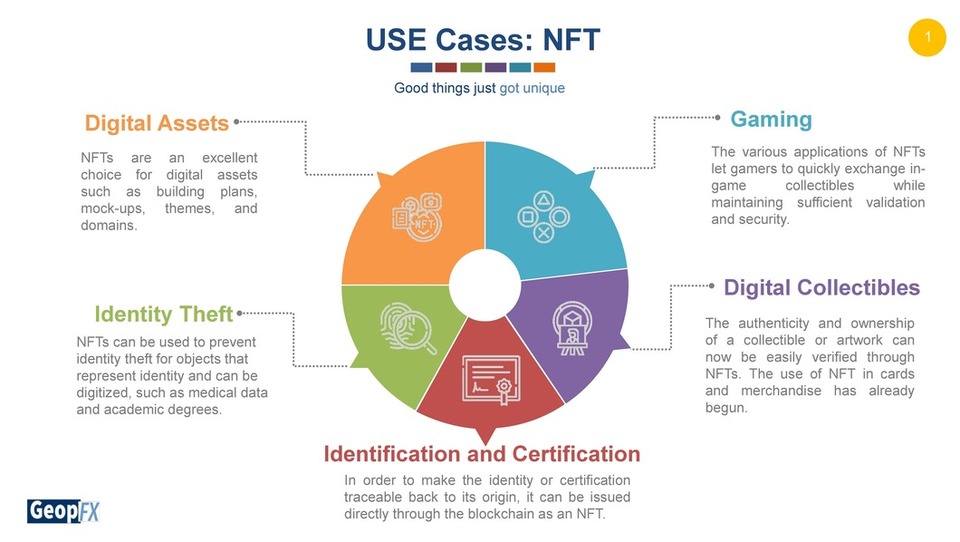
How to make and sell NFT?
Many artists and designers are looking into how to create and sell NFTs as a potential new source of income. Galleries are starting to recognize the importance of displaying NFT collections in reality, and the best NFT displays are being designed to make your digital art look stunning. Except for a few notable outliers, such as Beeple, most NFT art sells for around the same price as good art. In addition, there is a slew of expenses associated with creating, maintaining, and selling an NFT. Though certain NFT marketplaces now enable fee-free NFT minting, where the customer bears the expense rather than the creator.
Because there is so much to gain from NFTs, it is worthwhile to master the fundamentals of how to produce and sell them. We’ll walk you through the process and explain NFT marketplaces, NFT crypto, and anything else you need to know.

Funding your wallet with cryptocurrency
You’ll need cryptocurrency to create and sell an NFT. All platforms that sell NFTs will want to charge upfront fees to ‘mint’ NFTs, which basically turns your artwork into a non-fungible cryptocurrency. The most widely used cryptocurrency is ether. In order to make (and receive) payments with your NFT platform, you will need to have ether in a digital wallet, which you will need to connect to your NFT platform. There are numerous cryptocurrency exchanges where you may purchase ETH and other cryptocurrencies.
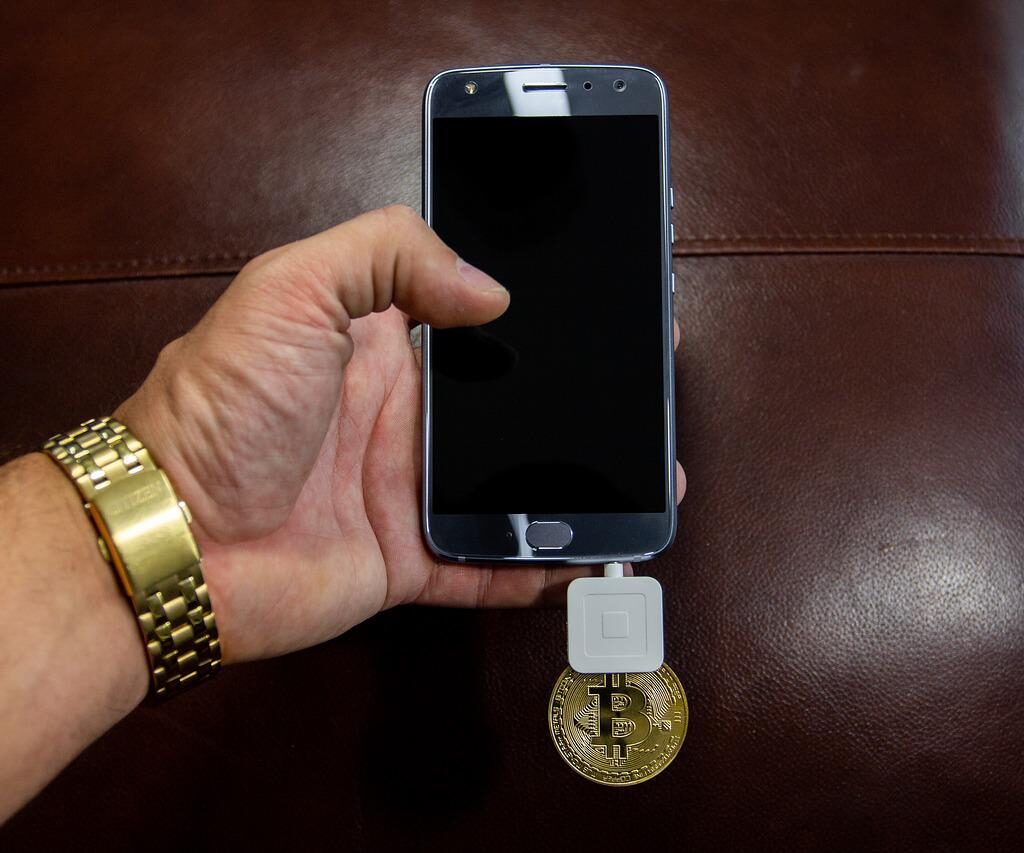
Creating a digital wallet
To use MetaMask to build a digital wallet, browse its website and click the ‘Download’ option. You’ll be prompted to confirm whether or not you want to ‘create a new wallet and seed phrase.’ If you say “yes”, all you have to do now is agree to the terms, create a password, and go through a few security checks to get your account set up.
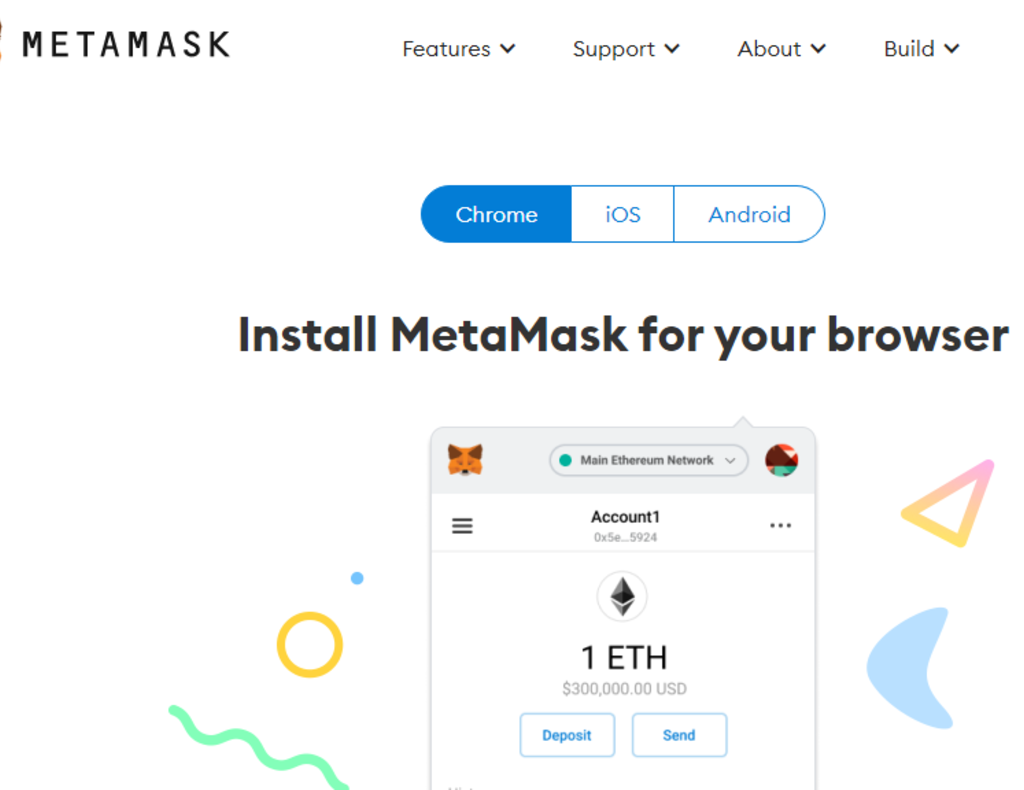
Adding Cryptocurrency to Your Wallet
You’ll need to add some ETH to your MetaMask wallet, or any digital wallet after you’ve set it up. You’ll be directed to a screen where you can purchase ETH with Apple Pay or a debit card. Just keep in mind that the value of Ether, like bitcoin and many other cryptocurrencies, can vary dramatically.
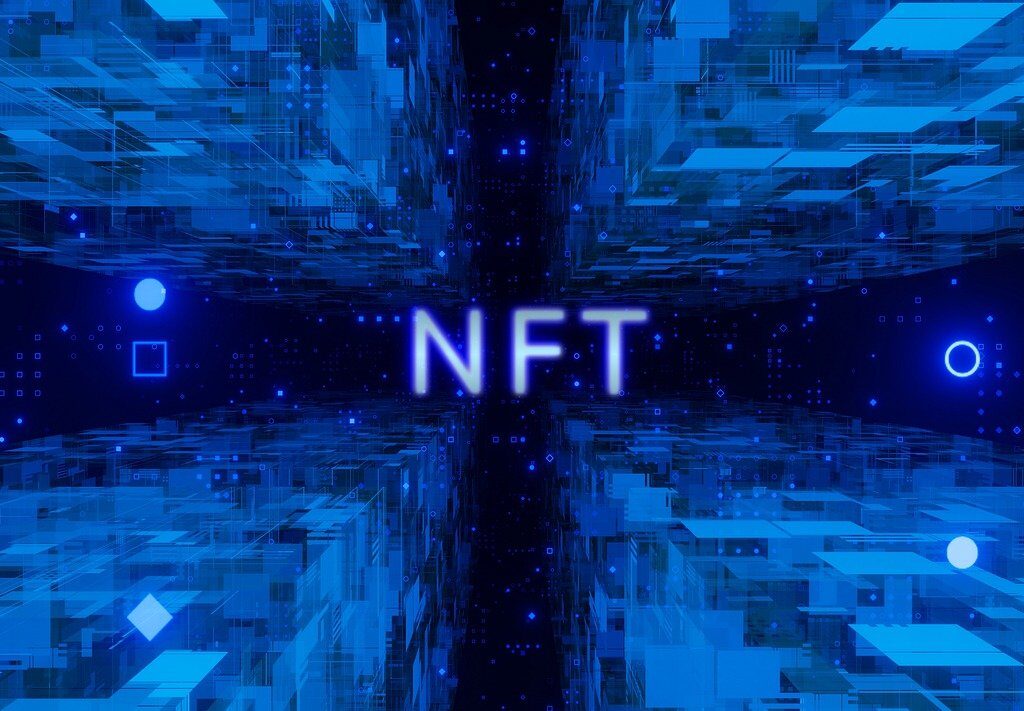
Connecting your wallet to an NFT platform
To sell NFTs, you must connect them to the NFT platform. We’ll use Rarible as an example, but there are many other NFT platforms to pick from, and the procedure will be identical to what we’ve laid out below.
- Visit Rarible.com
- In the upper right-hand corner of the screen, click “Connect Wallet.”
- You’ll get a popup asking if you want to connect your wallet to Rarible.
- Accept the terms of service and confirm you are over the age of 13 by clicking ‘Next’, then ‘Connect.’
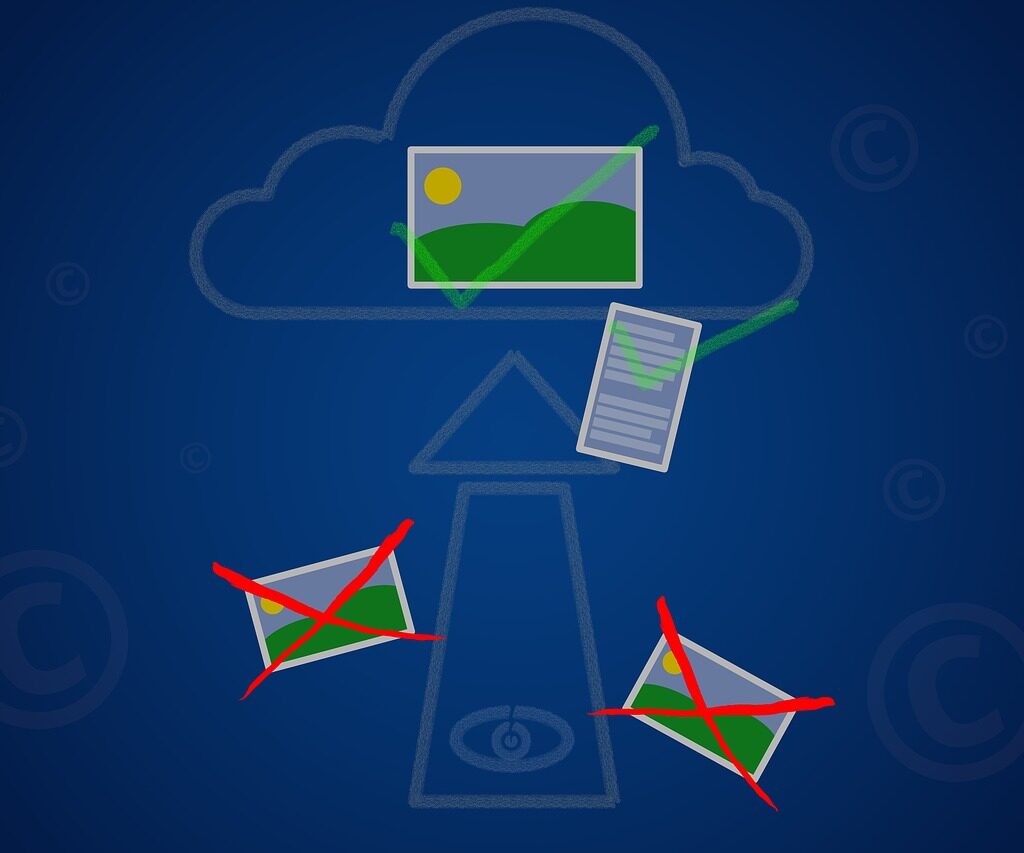
Uploading the file, you wish to use as an NFT
- Click the blue ‘Create’ button in the top right corner of the Rarible site.
- After that, you’ll be offered the option of creating a single, one-of-a-kind piece or selling the same item several times.
- Upload the digital file you’d like to convert to an NFT. PNG, GIF, WEBP, MP4, and MP3 files up to 30MB in size are accepted by Rarible.
- A preview of your NFT post can be found on the right.
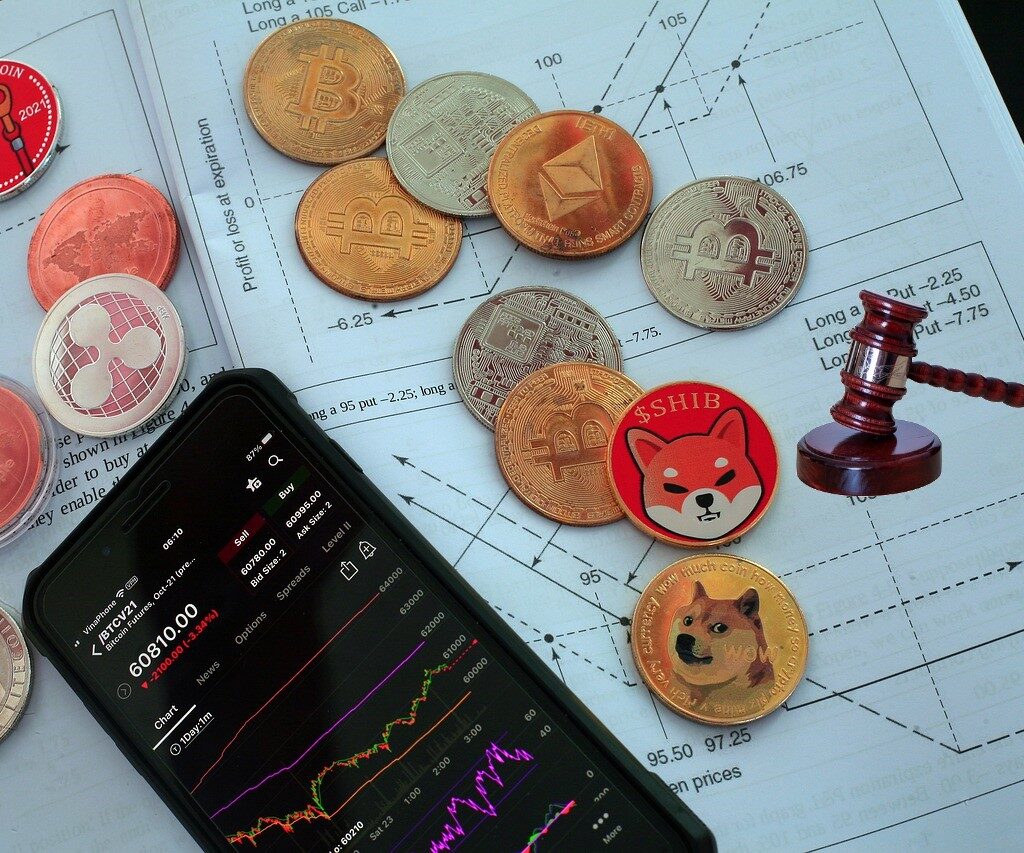
Setting up an NFT auction
You’ll need to decide how to sell your NFT artwork in this section of the form. There are three options:
Fixed Price: Enables you to set a price for your NFT and sell it immediately.
Unlimited Auction: Allow bidders to continue making bids until one is accepted.
Timed Auction: An auction that only lasts a certain amount of time.
Choosing a minimal price is the riskiest part. If you sell your NFT for too little, the huge fees will eat up all of your profits. After that, you’ll be given the choice to ‘Unlock once purchased.’ This allows you to provide a full, high-resolution copy of your artwork and/or additional material via a secret web page or download link to your eventual buyer. The option to ‘Choose Collection‘ is a highly technical question concerning how the blockchain is set up.
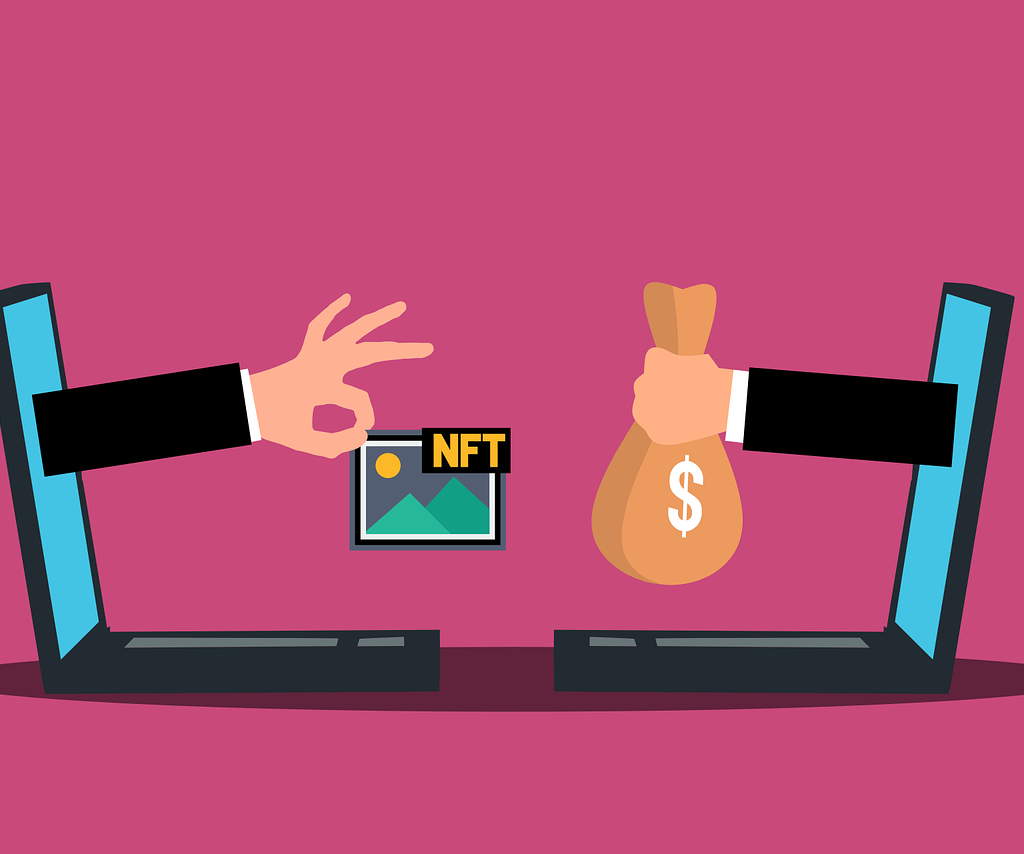
To sell your NFT, include a description
For your listing, add a title and description. Take some time to consider this if you want your NFT to sell as quickly as possible. After that, you’ll be asked to decide what percentage of royalties you want to claim on any future sales of your art. Finally, you can add your file’s properties to an optional field.

Fee for listing your NFT for sale
Click ‘Create Item,’ and you’ll be prompted to pay the listing fee using your wallet. You’ll be offered the option to add funds directly within Rarible if there are insufficient funds. The commission fee on NFT sales, in addition to the transaction fee for transferring money from the buyer’s wallet to your own, will apply only if someone buys your NFT.
Due to issues such as how to determine the possible cost of creating and selling an NFT, the perplexing nature of blockchain technology, the rapid volatility in cryptocurrency values, and the lack of transparency on the platforms, there are still some grey areas in this entire process.
The Future Of NFTs

NFTs will have a significant impact on who has access to art, who creates it, and how it is purchased. Below are five ways that art NFTs will help artists, collectors, and art enthusiasts.
- Art’s Democratization: Who owns art? Who has the rightful access? Who qualifies as an “artist”?
- Increase in diversity and representation: Increasing access to art for historically underrepresented groups and people
- Privileges and fractionalization: Direct support for their favorite creator or artist. By owning NFTs, fans or collectors can participate in the future earnings of artists by fractionalizing ownership
- Technology and a creative renaissance: Art is being created and delivered through new technologies and media platforms.
- Greater liberty and autonomy: Enables artists to have more control over their own financial well-being.
Wrap Up
Traditional concepts of art are being challenged by NFT technology, which is lowering barriers for anyone who wants to create or acquire art. The industry requires new players, as well as instruction on how to get started and technology that is more user-friendly, but none of this should detract from our purpose of connecting great work with those who can properly appreciate it.
Businesses and individuals are already making money from them. You would do well to tap into this and examine ways to offer new experiences for your customers through NFTs.
